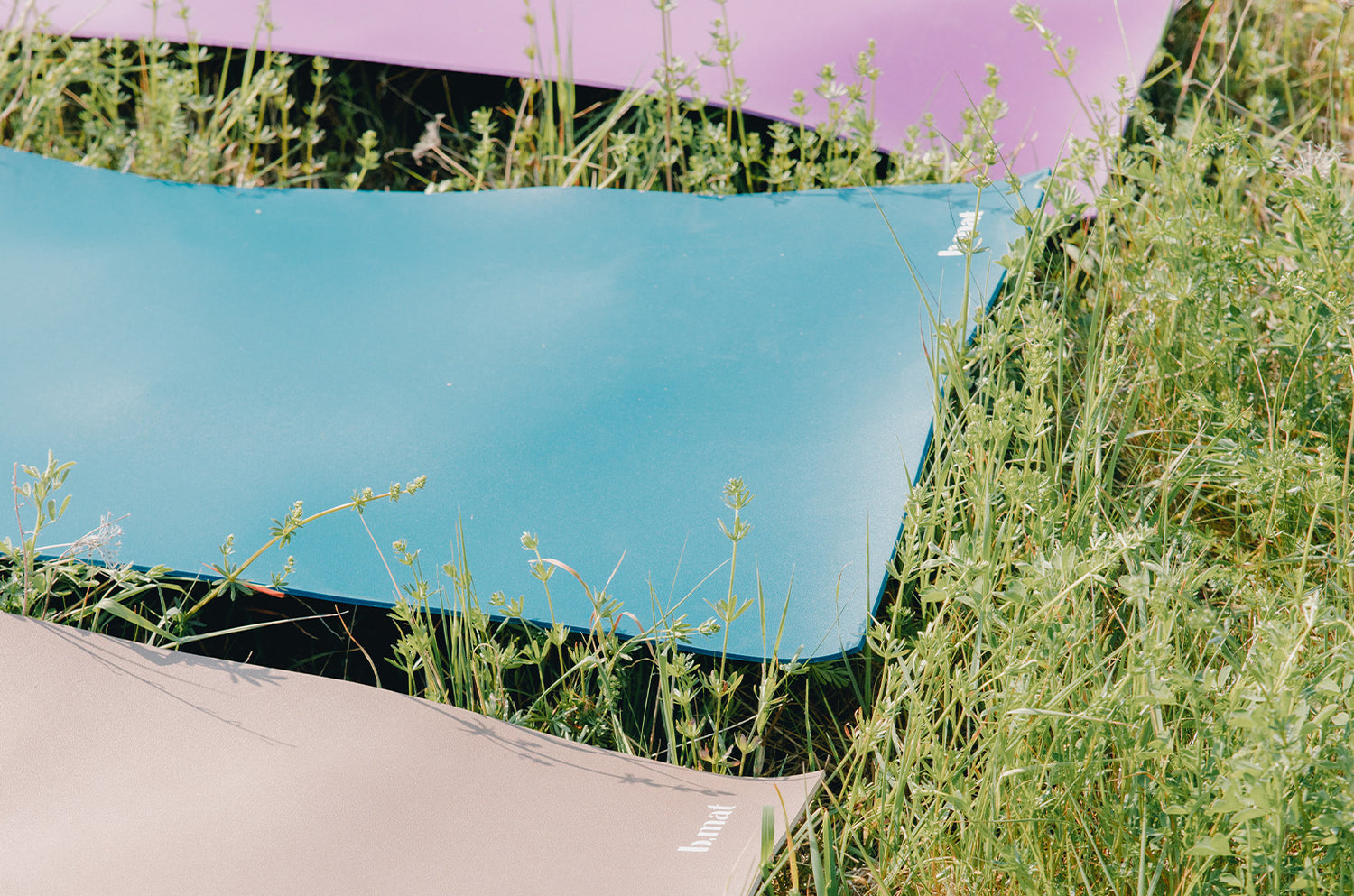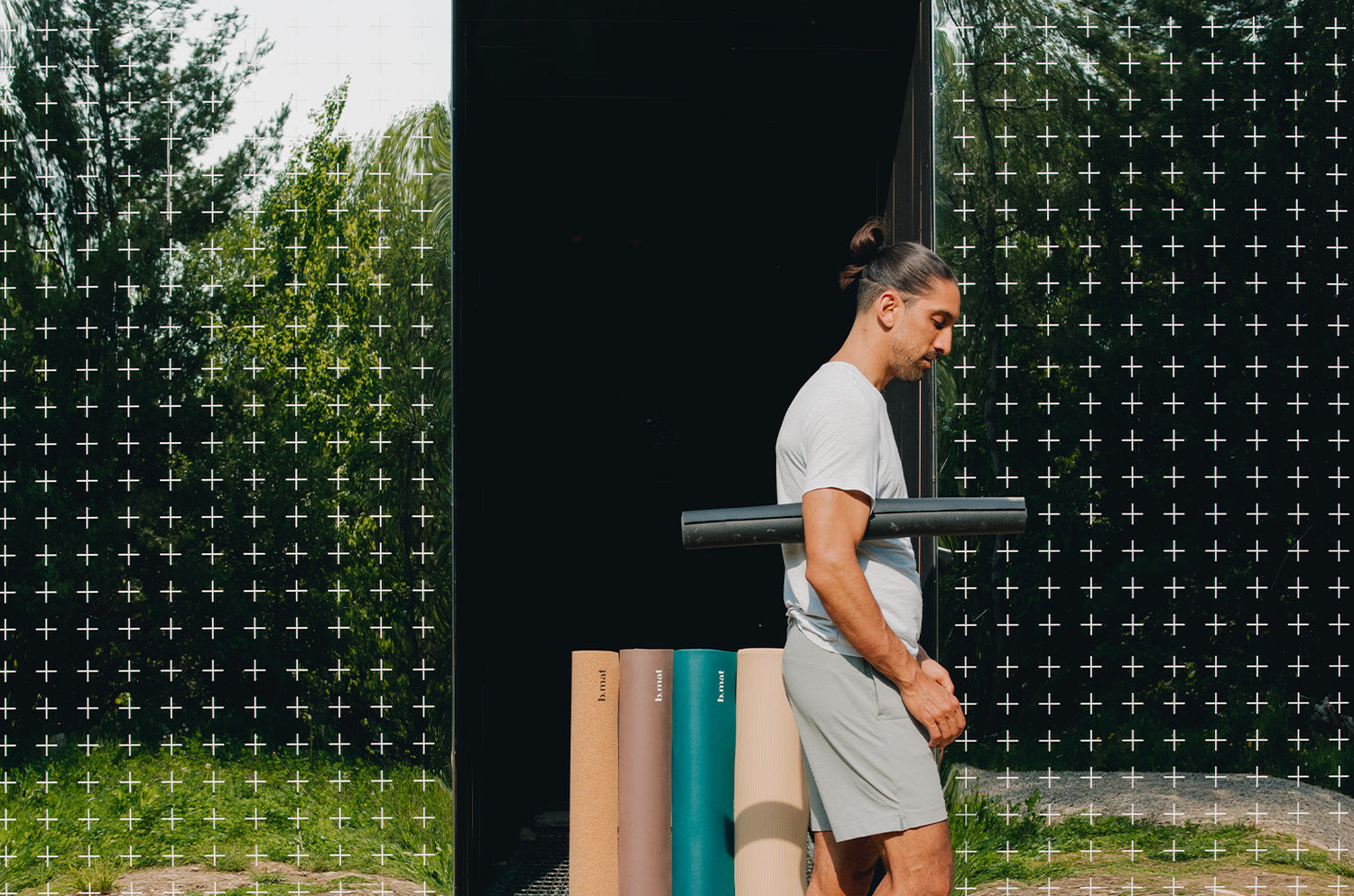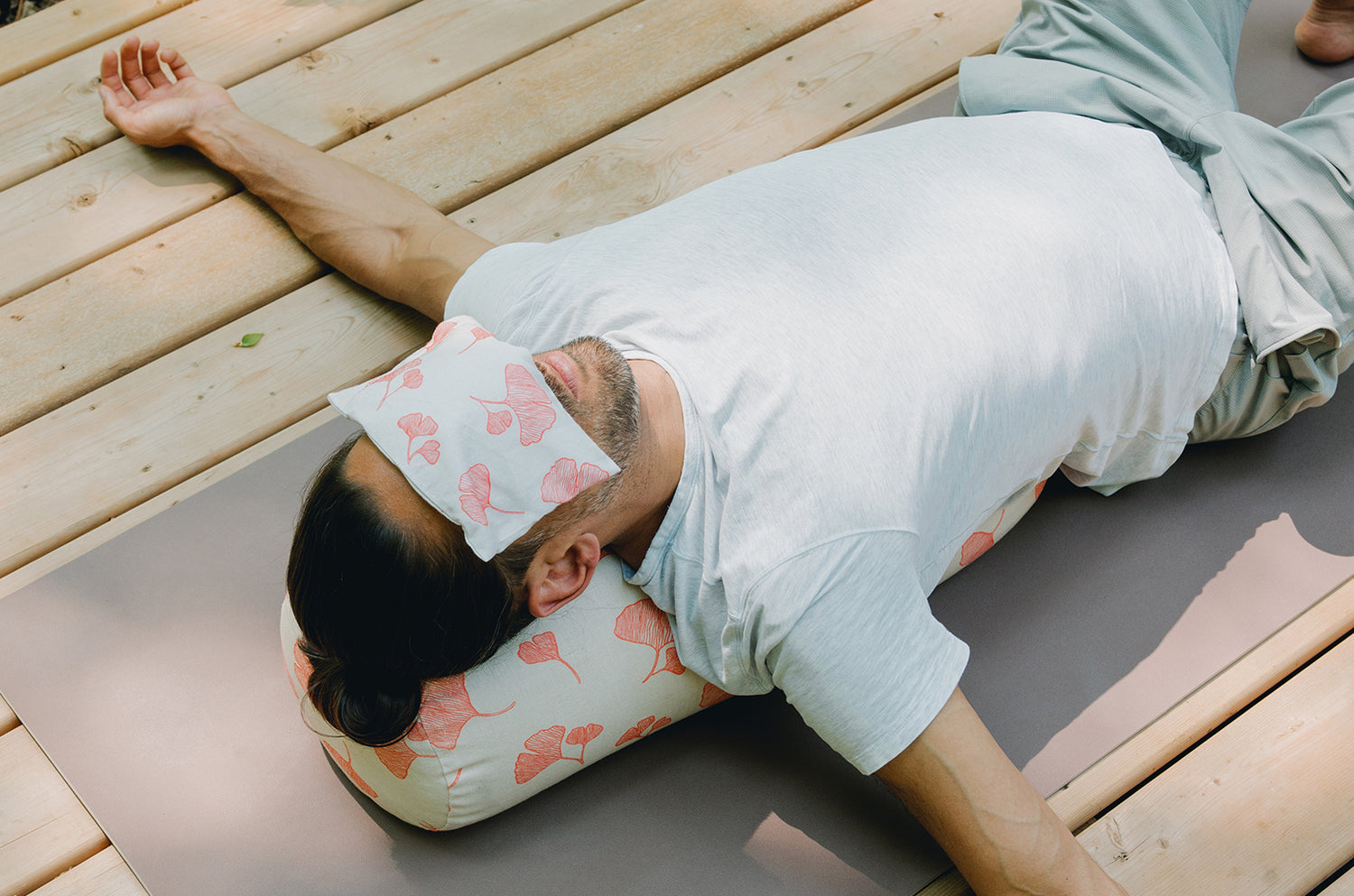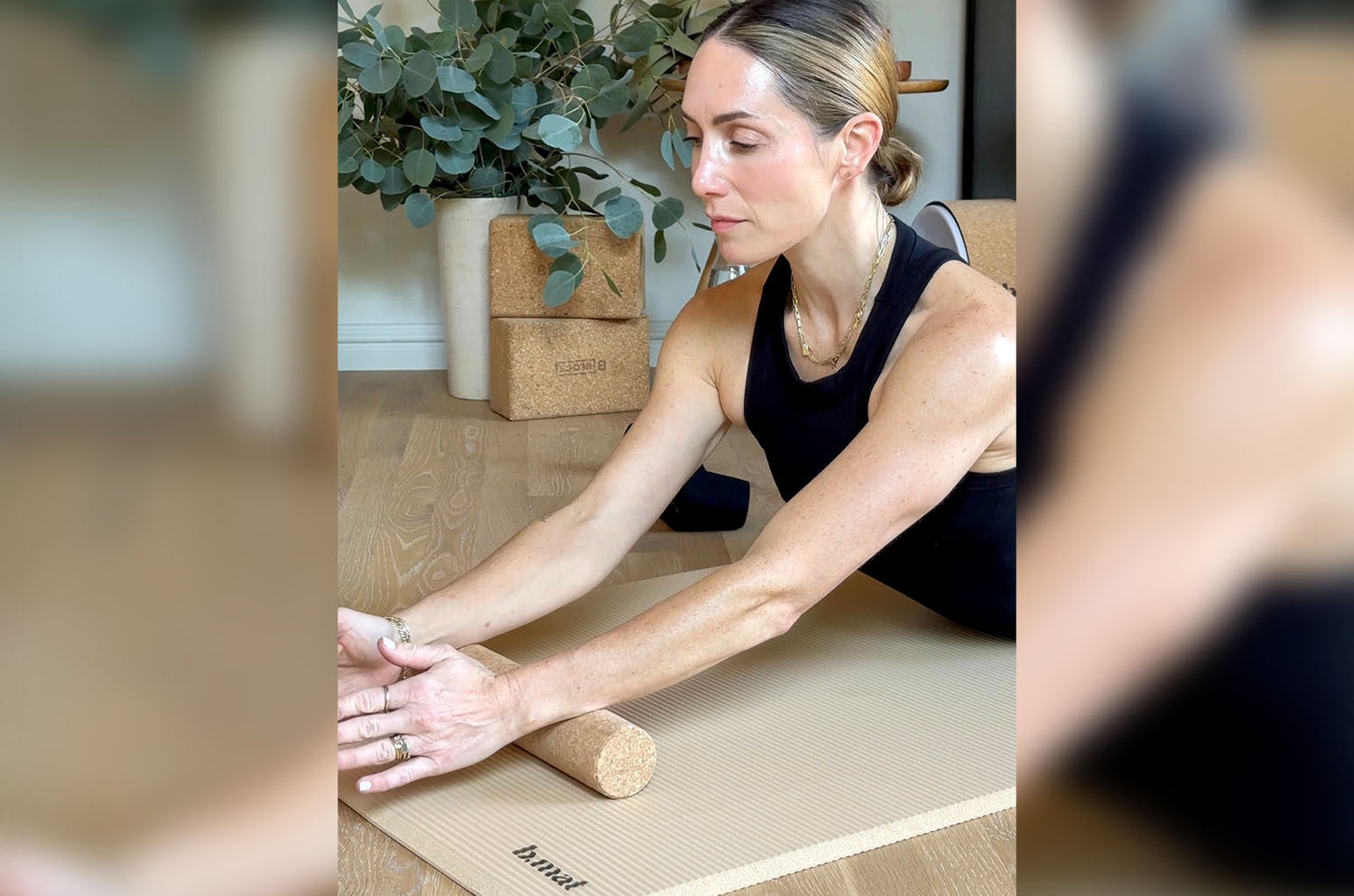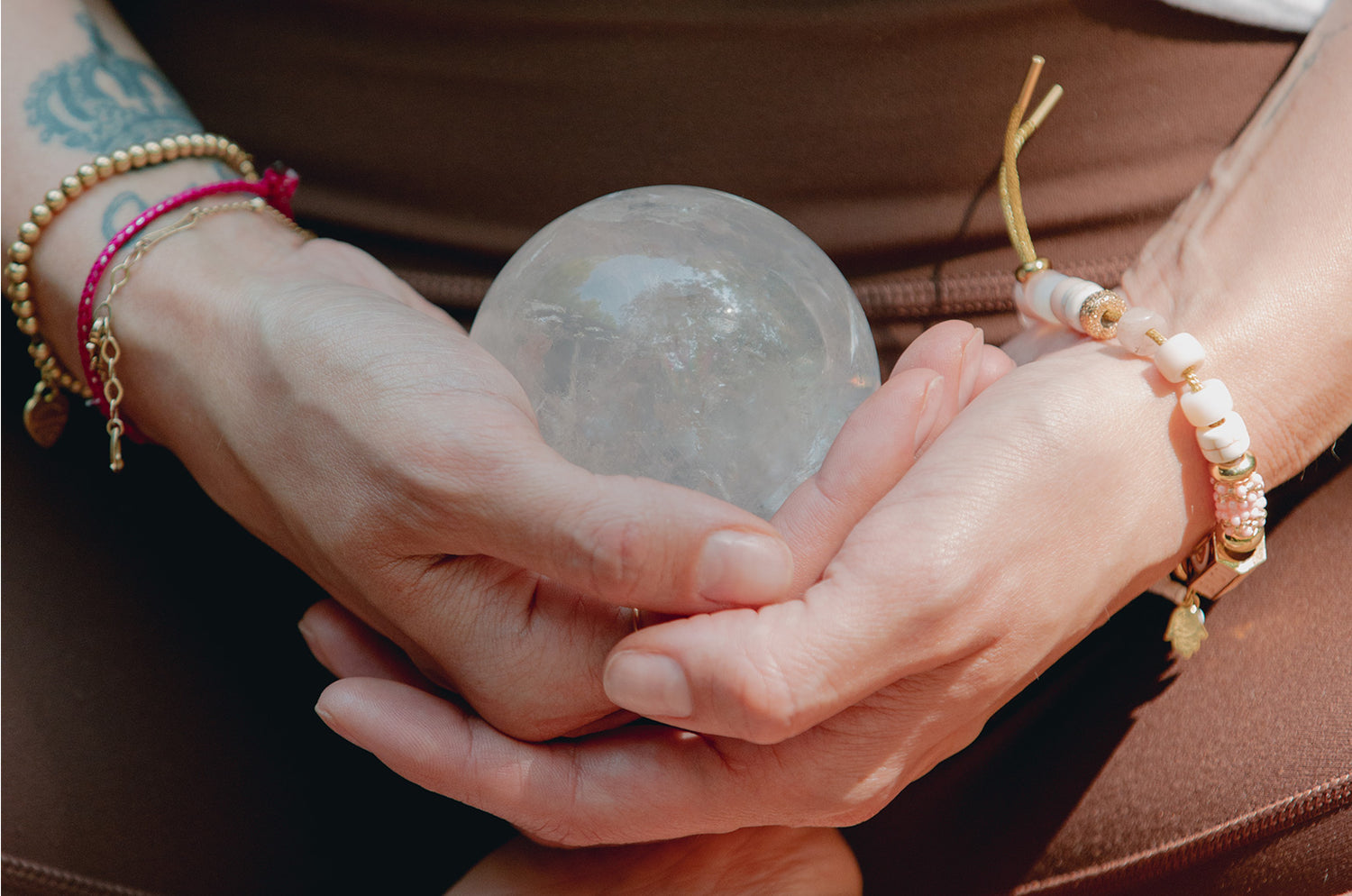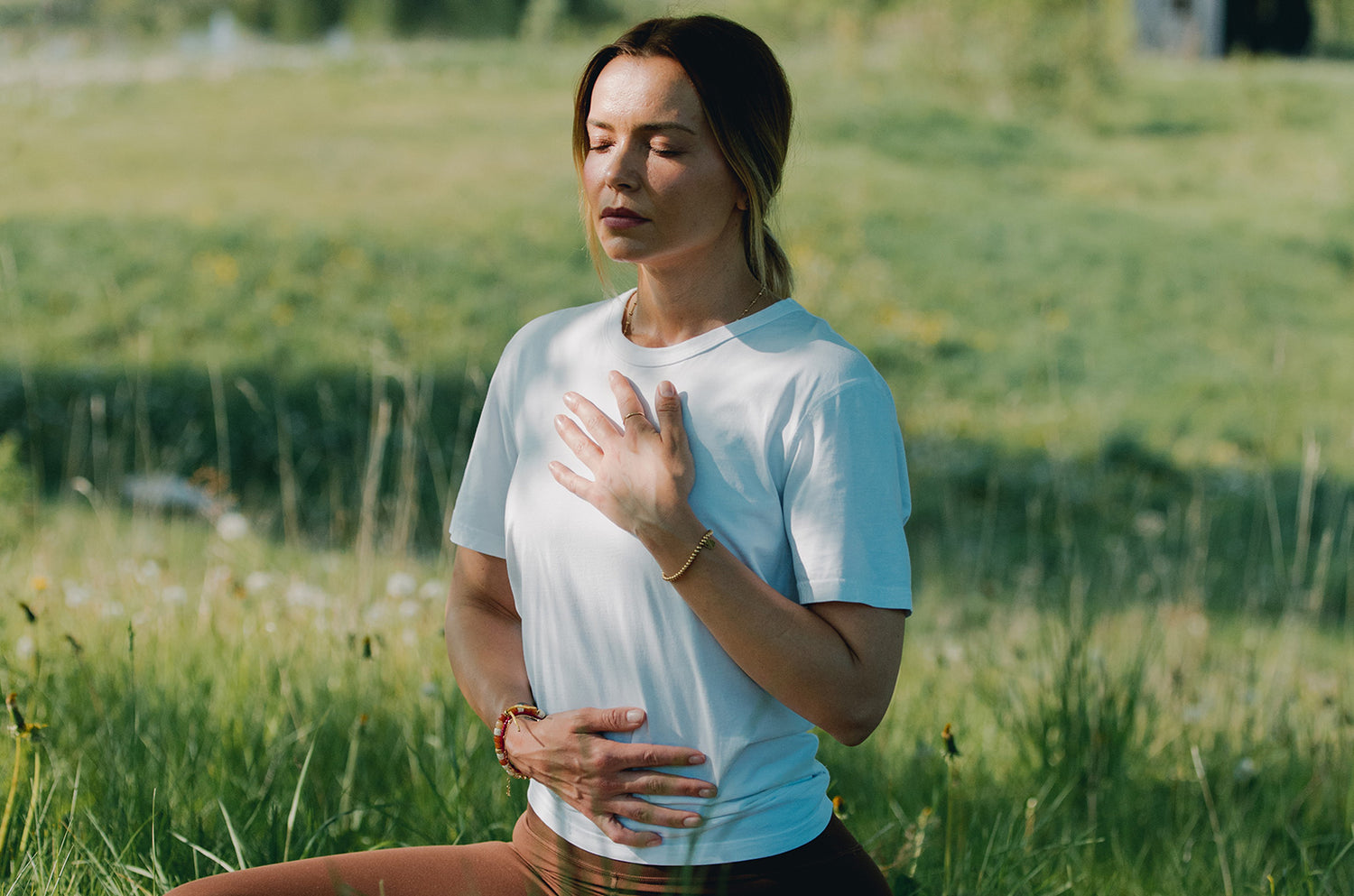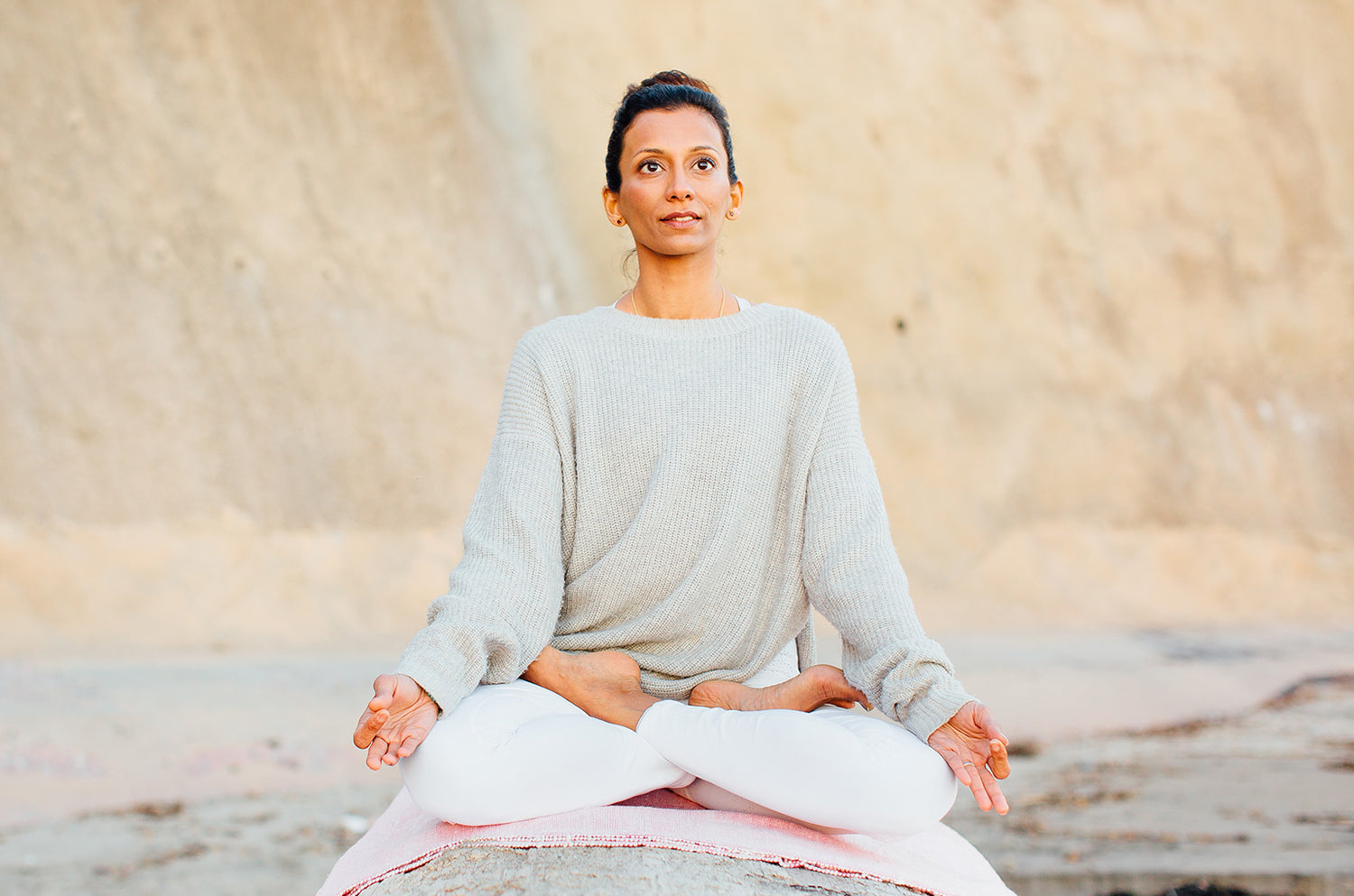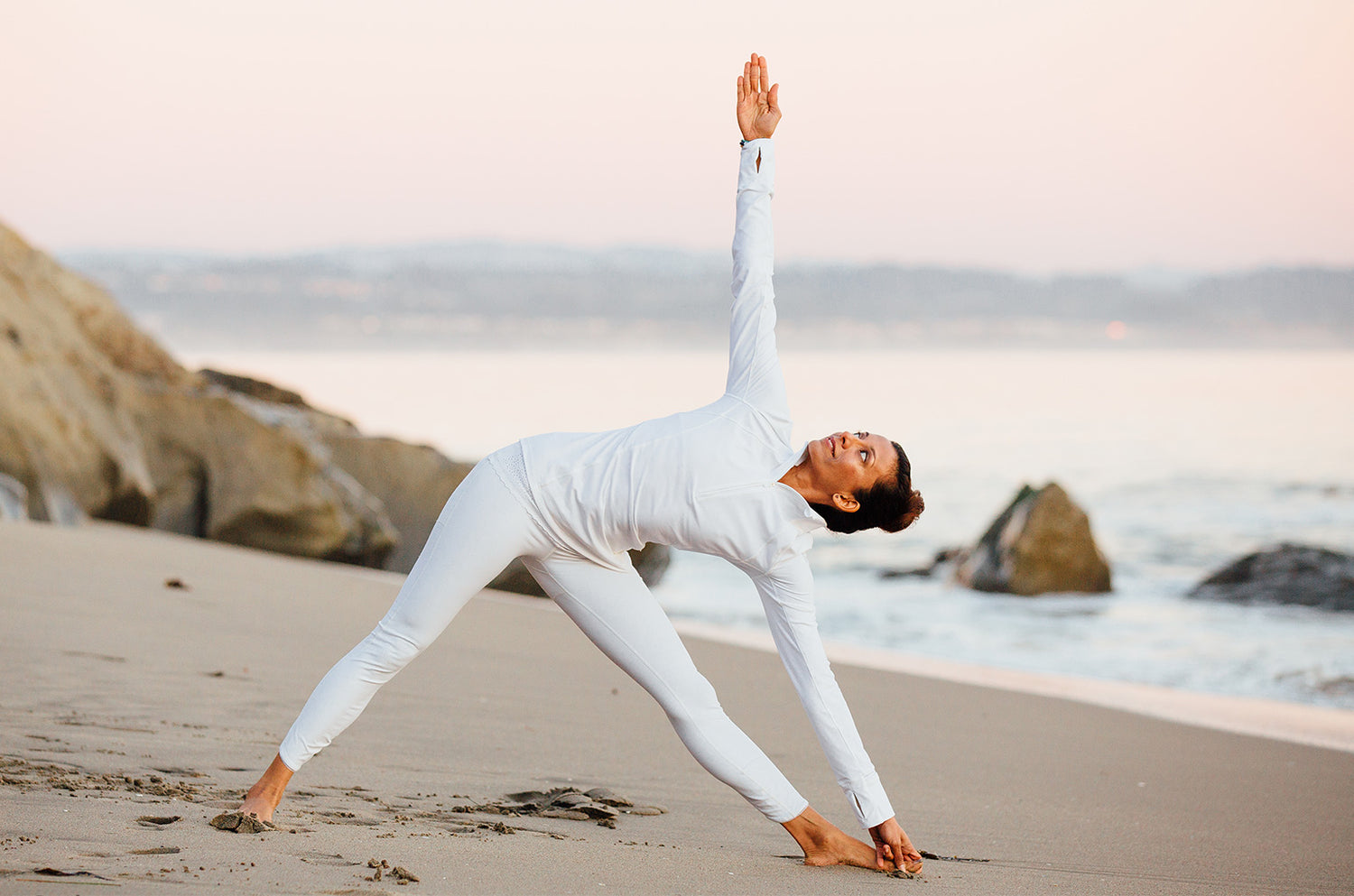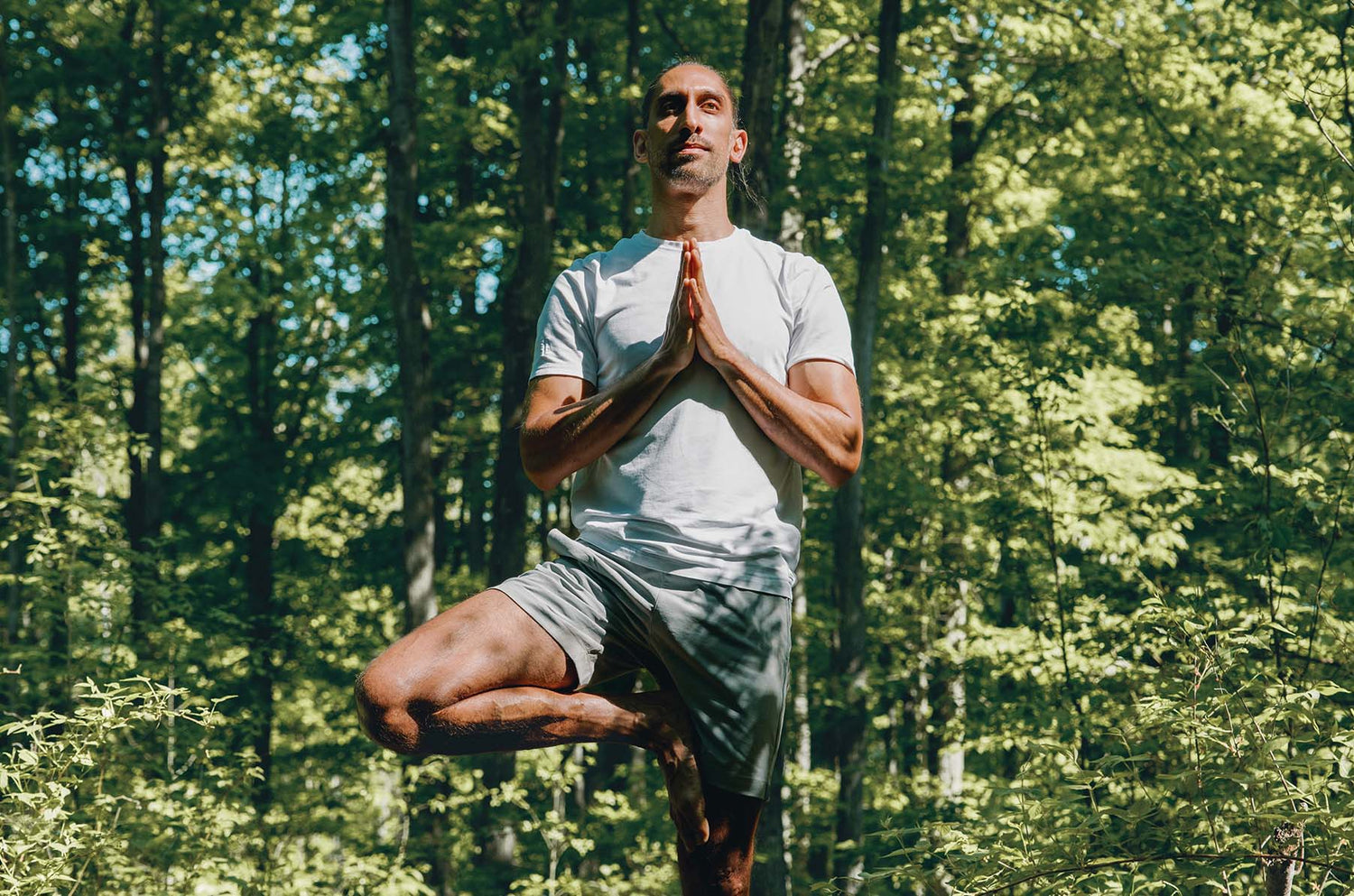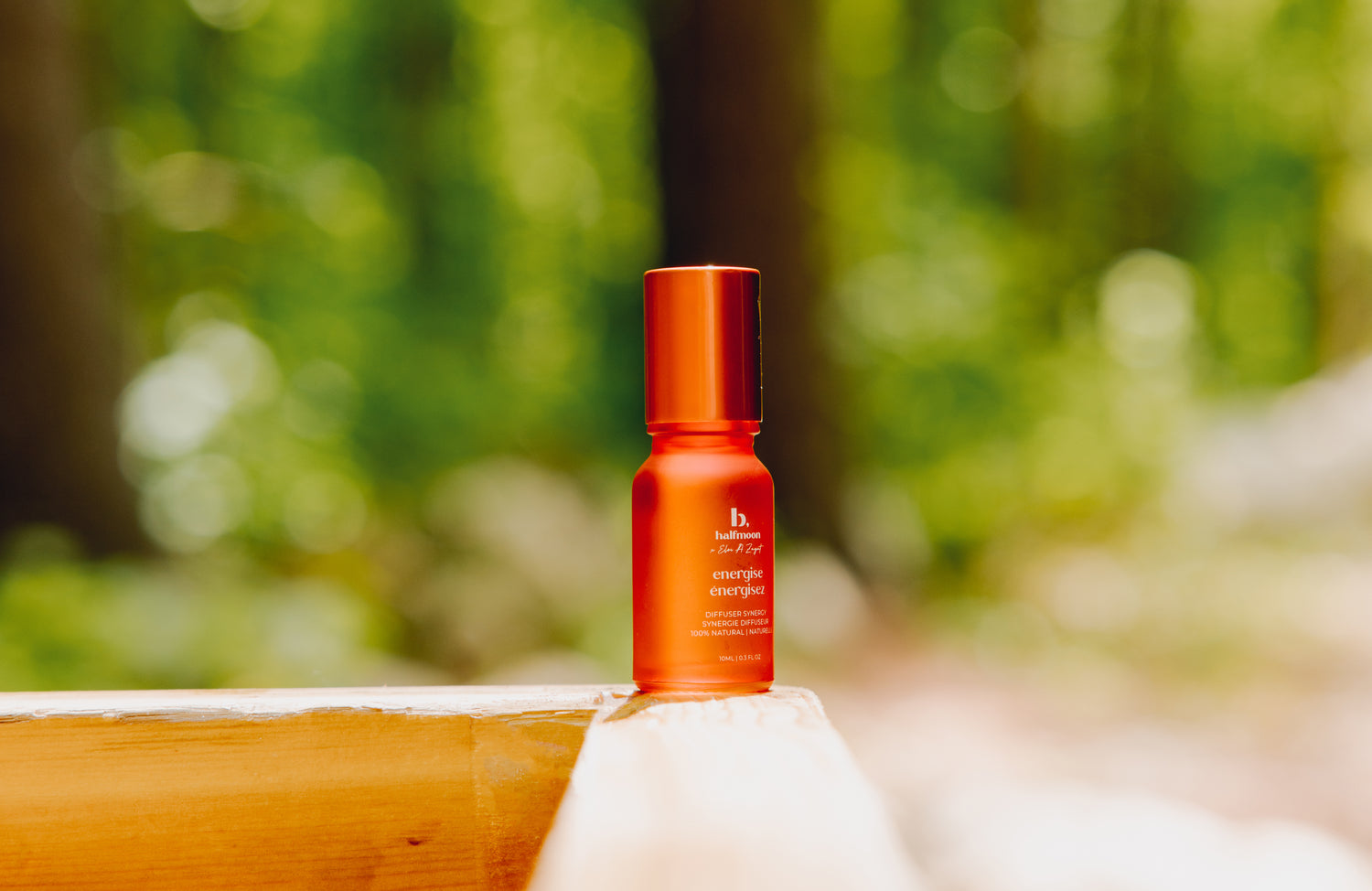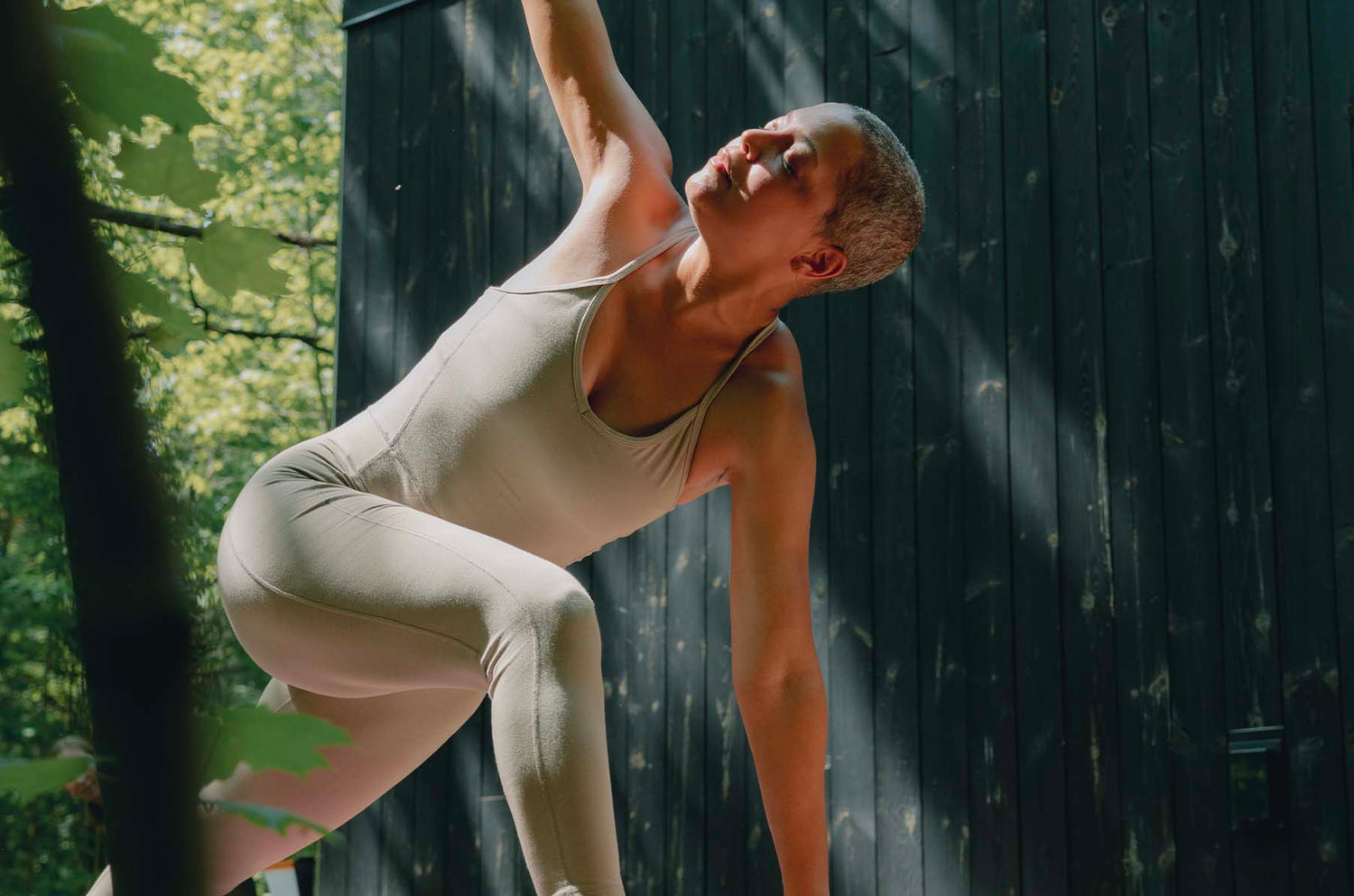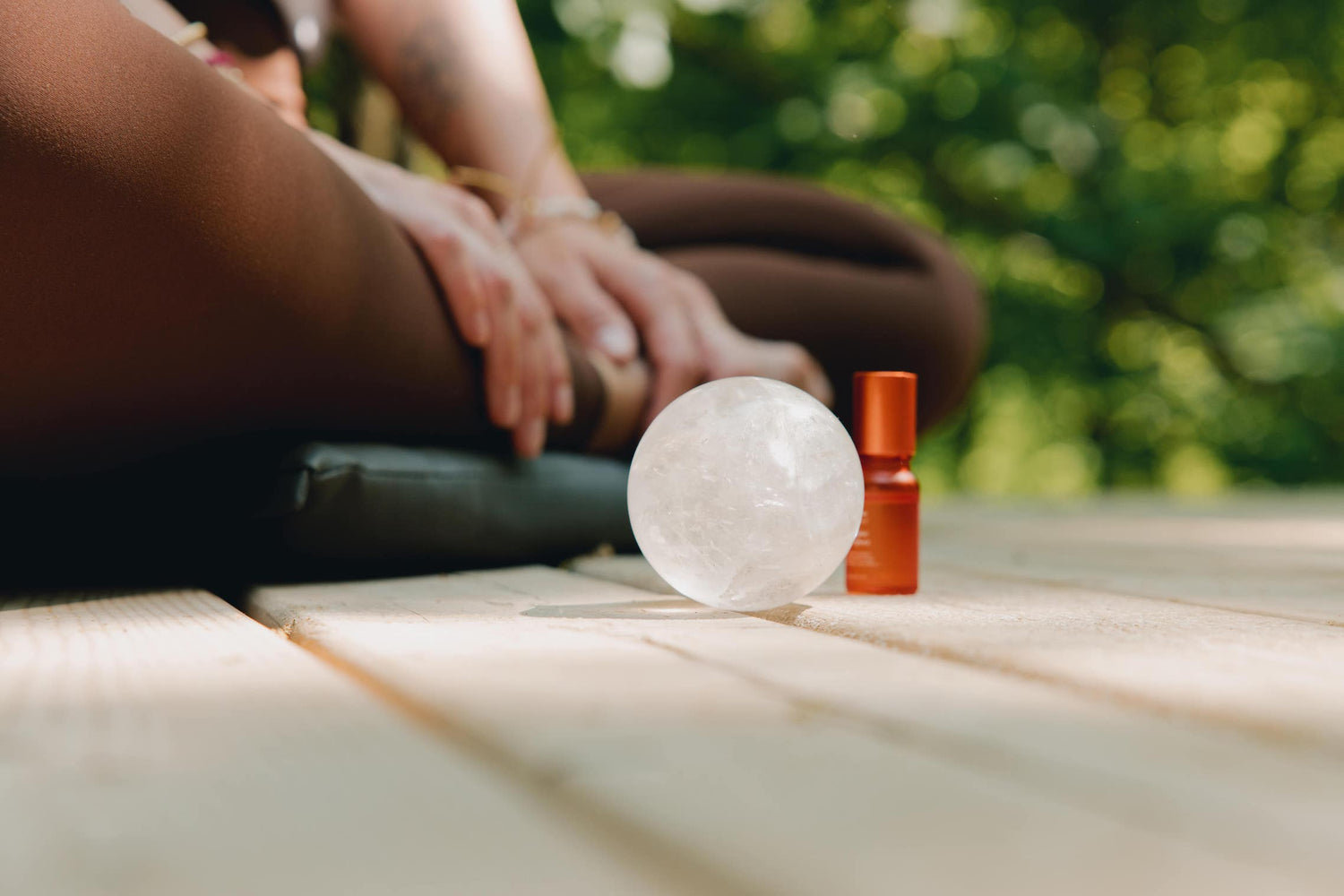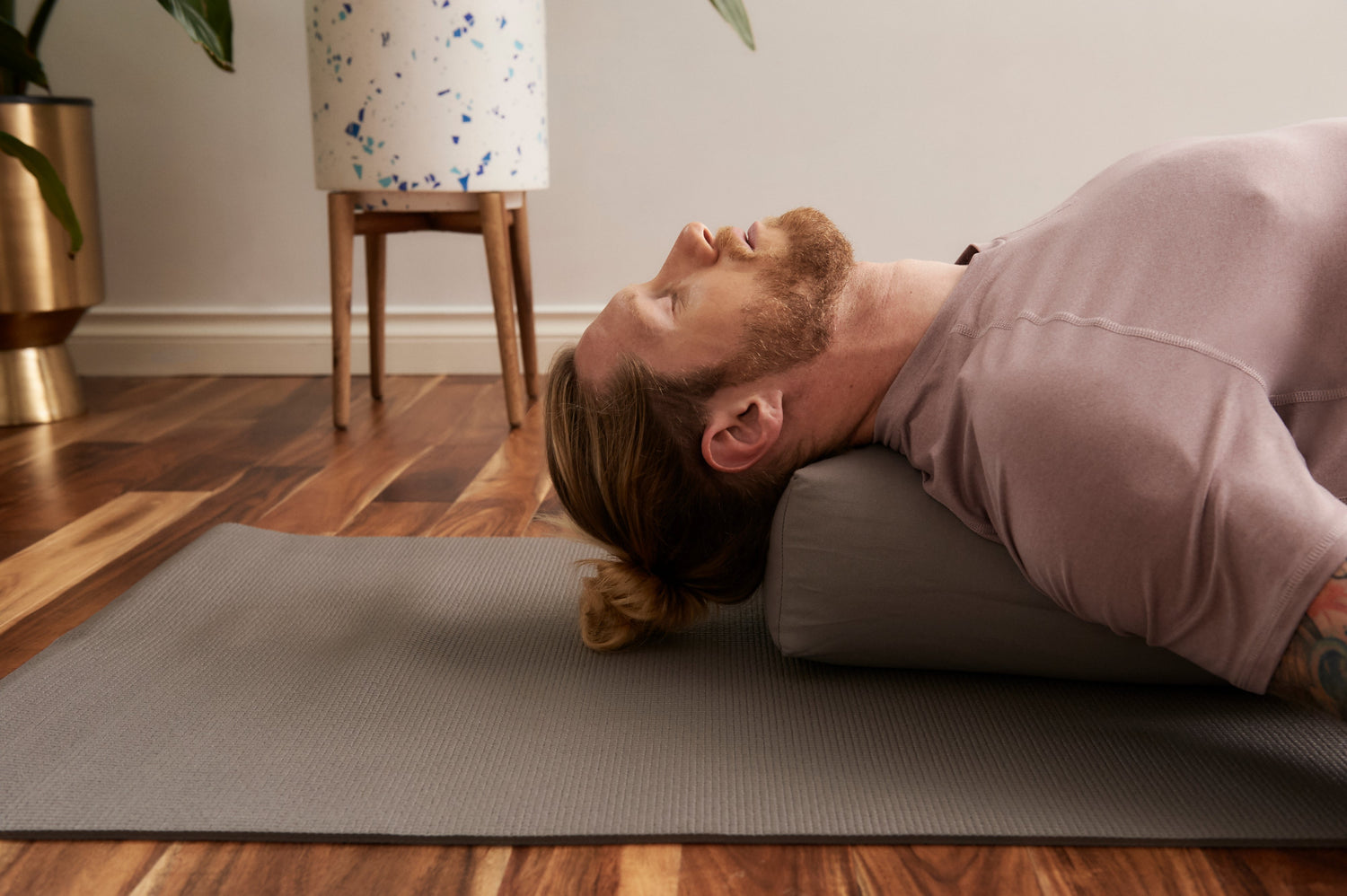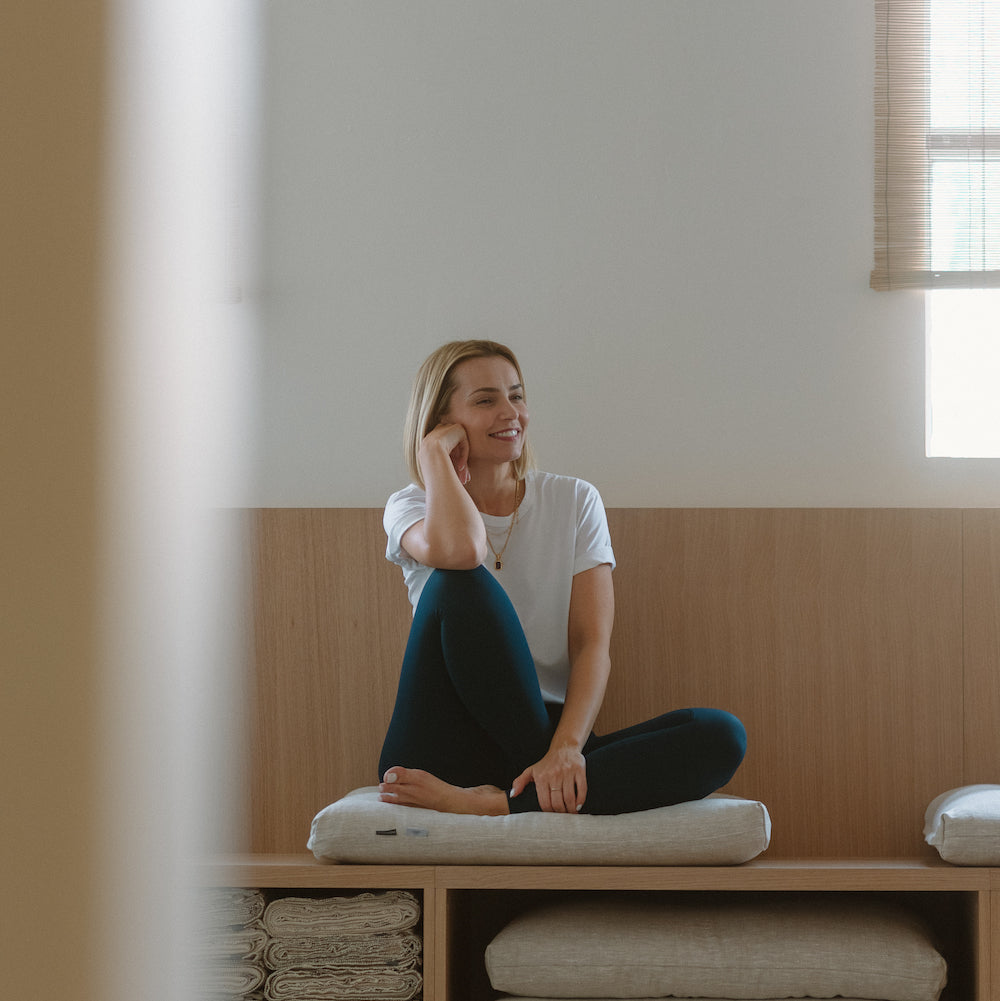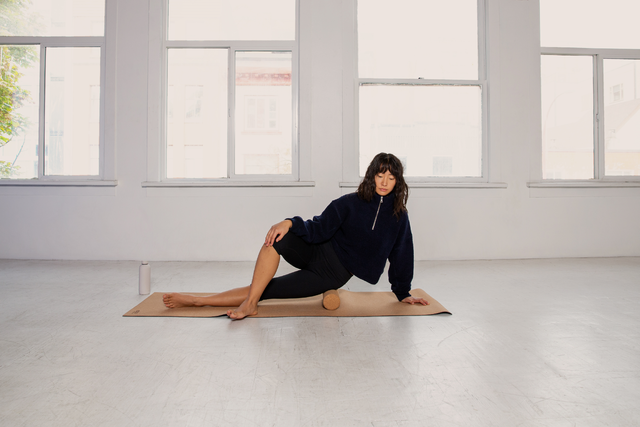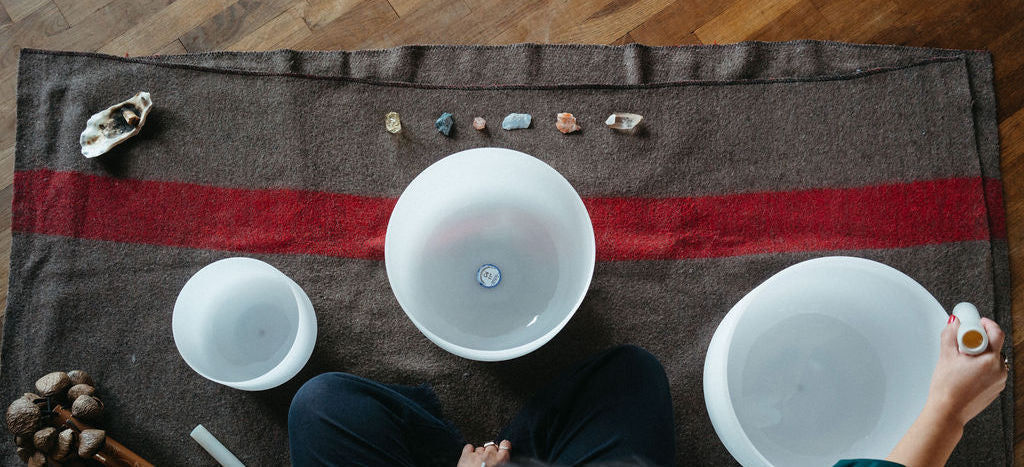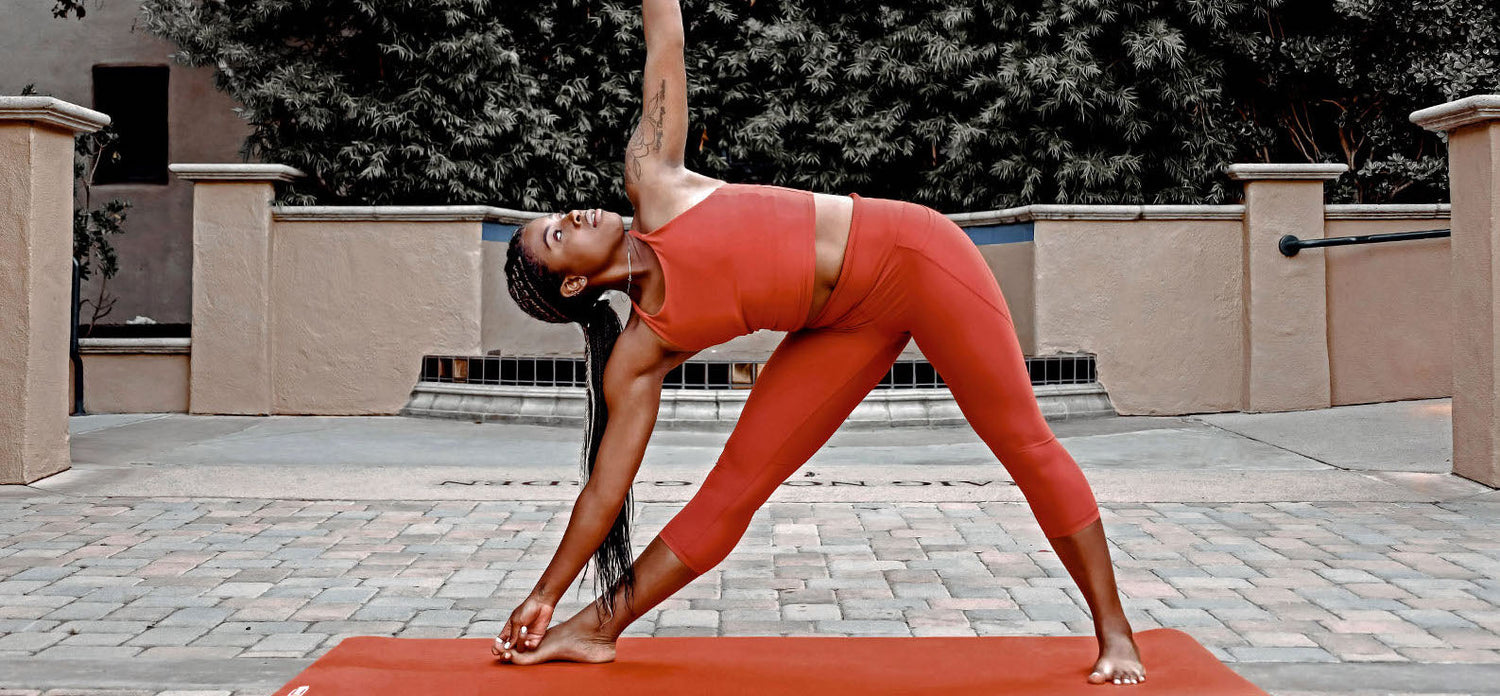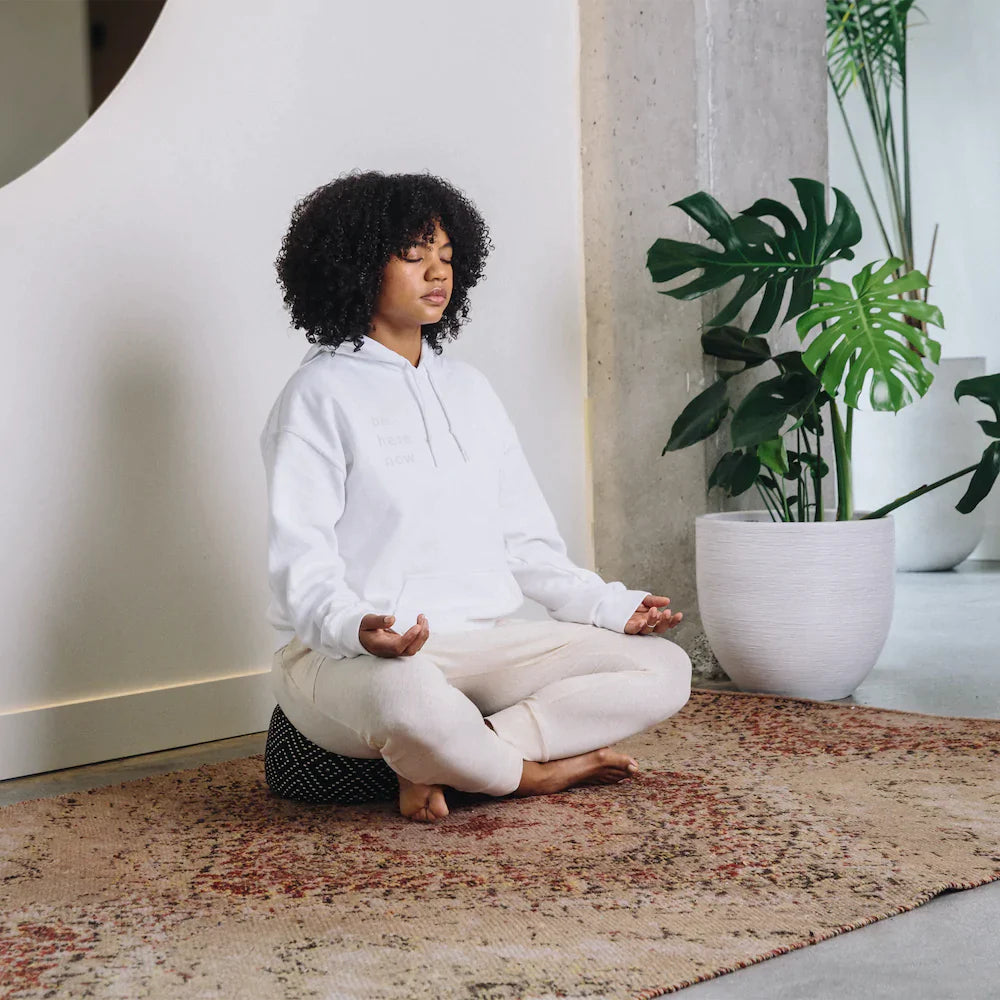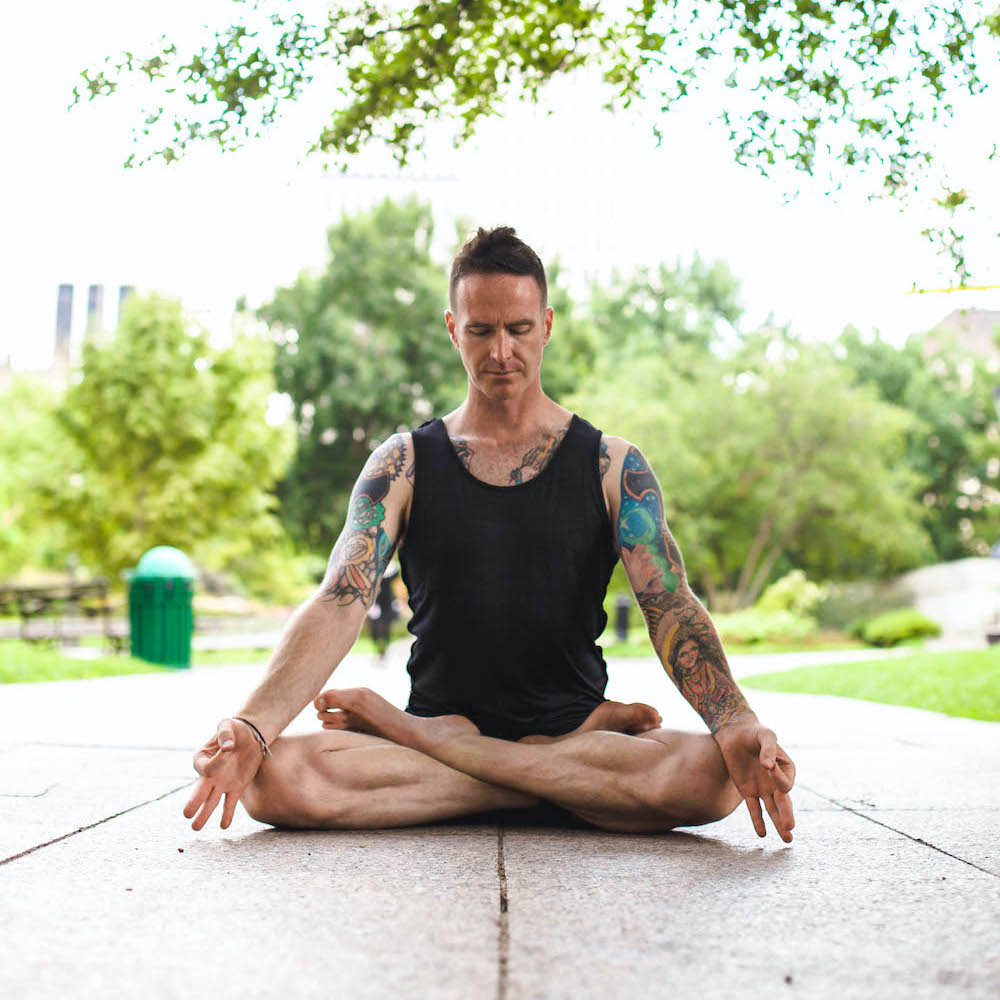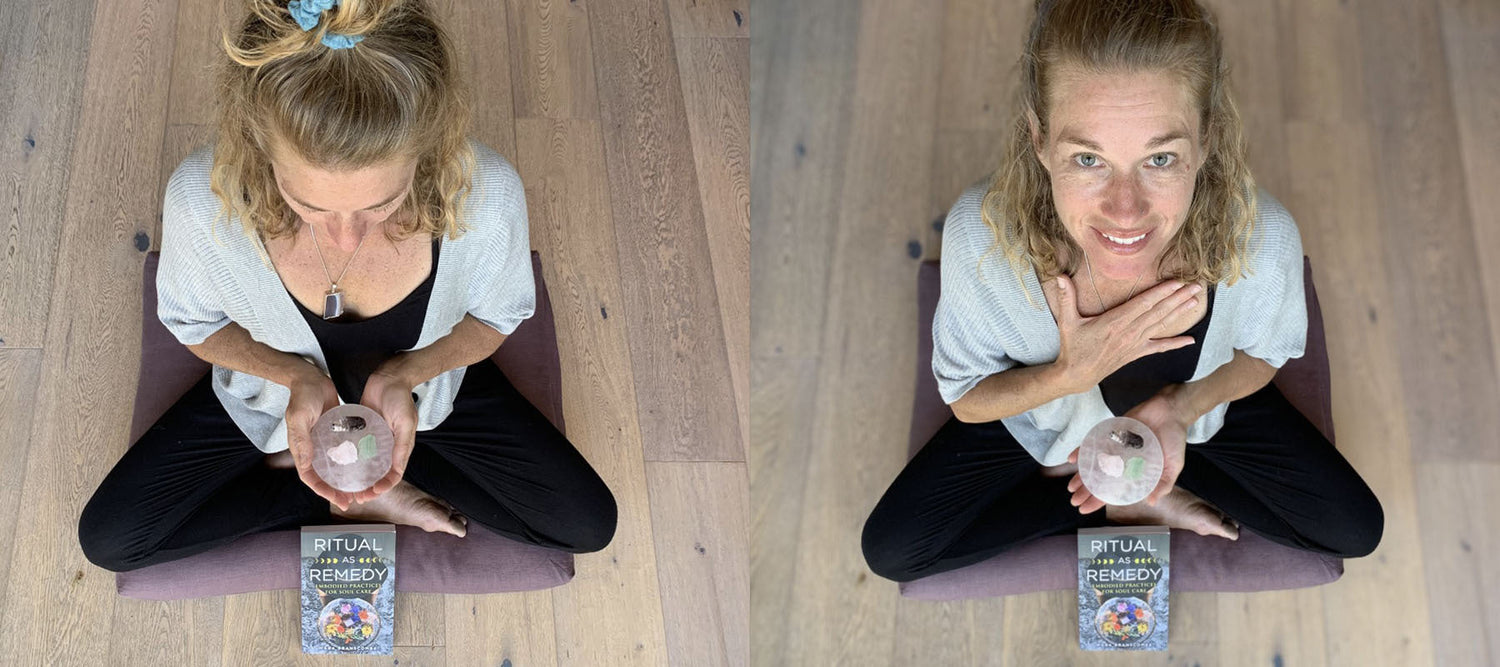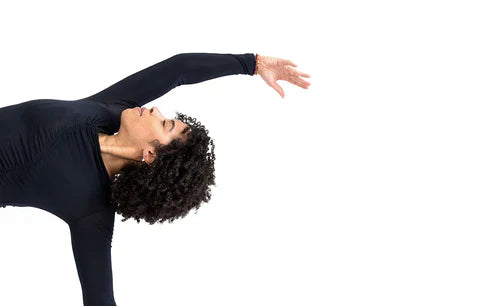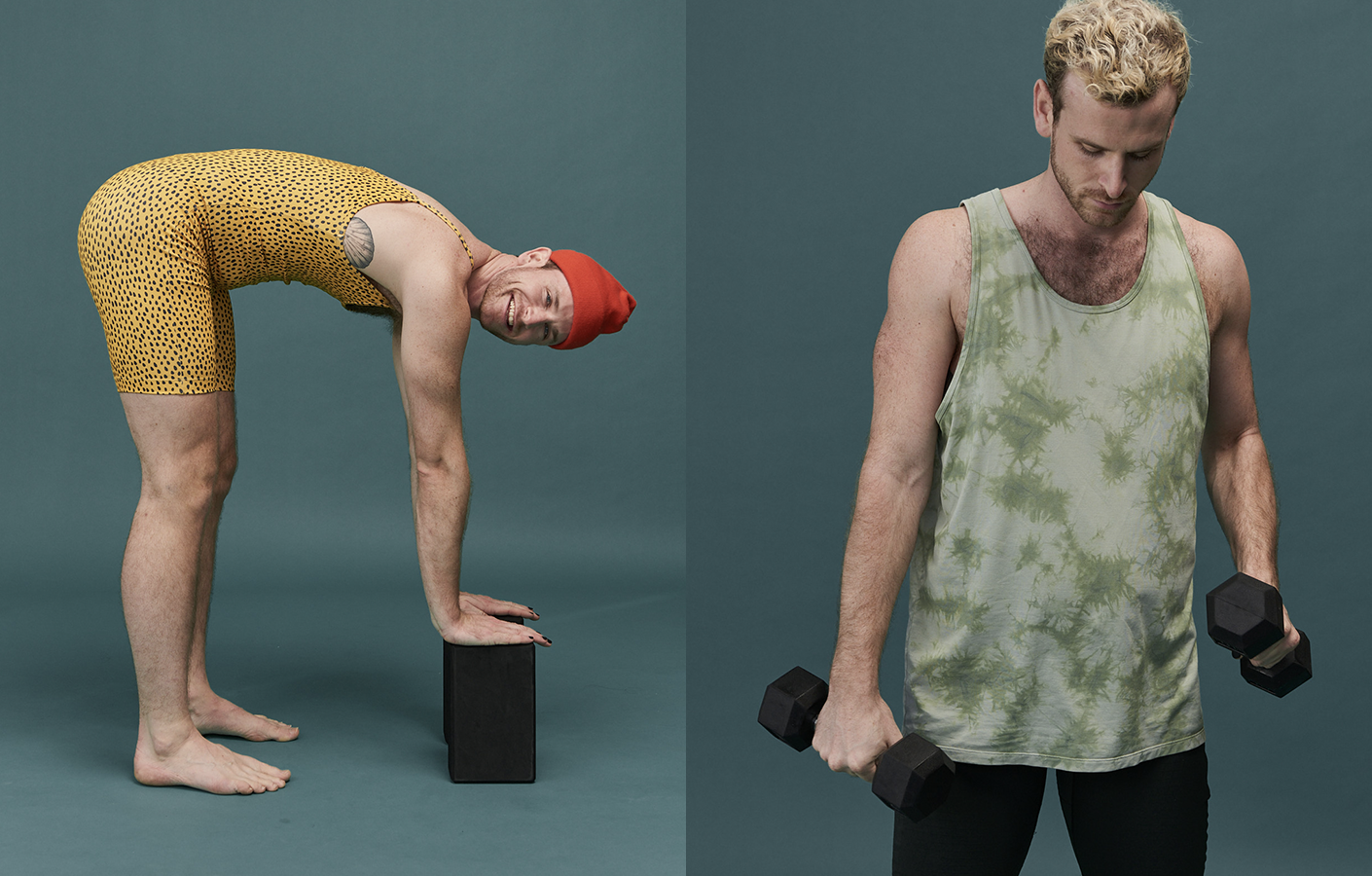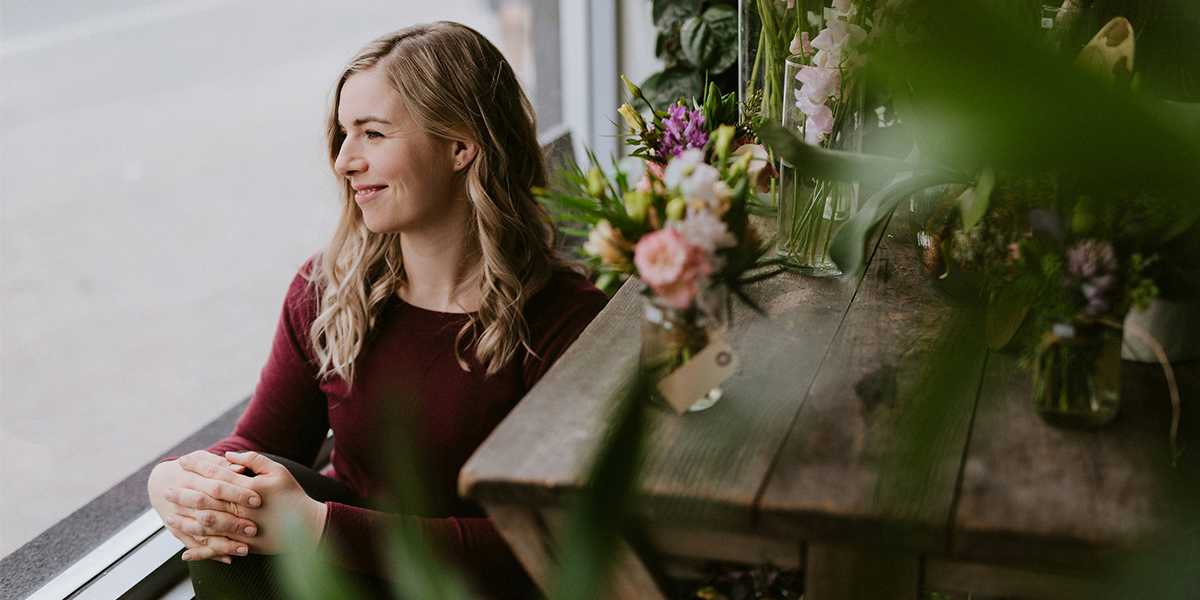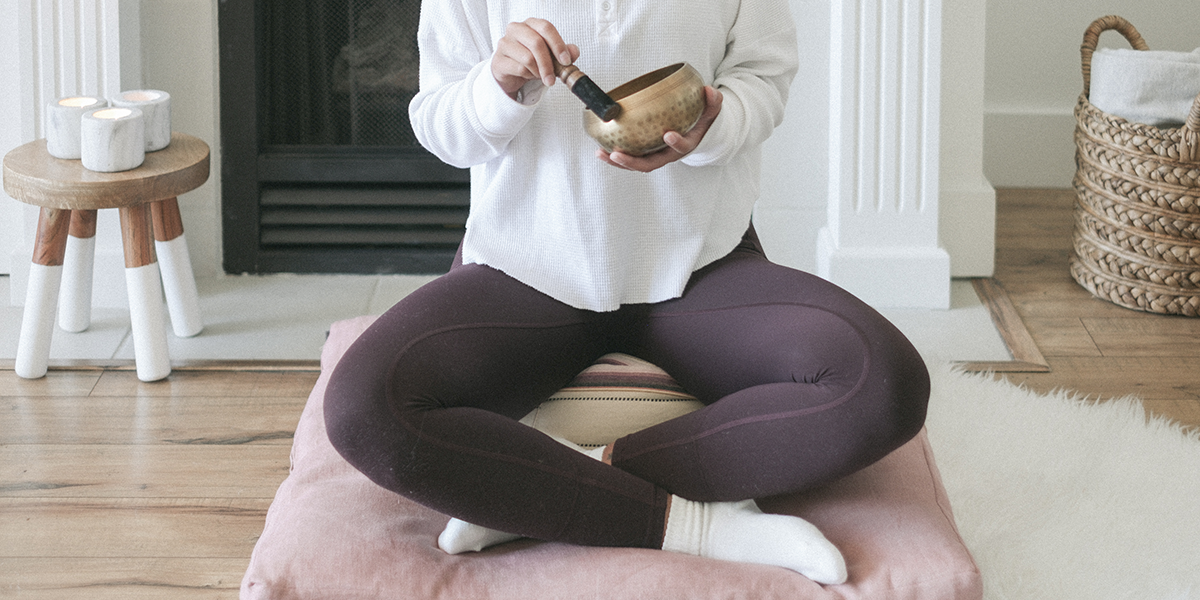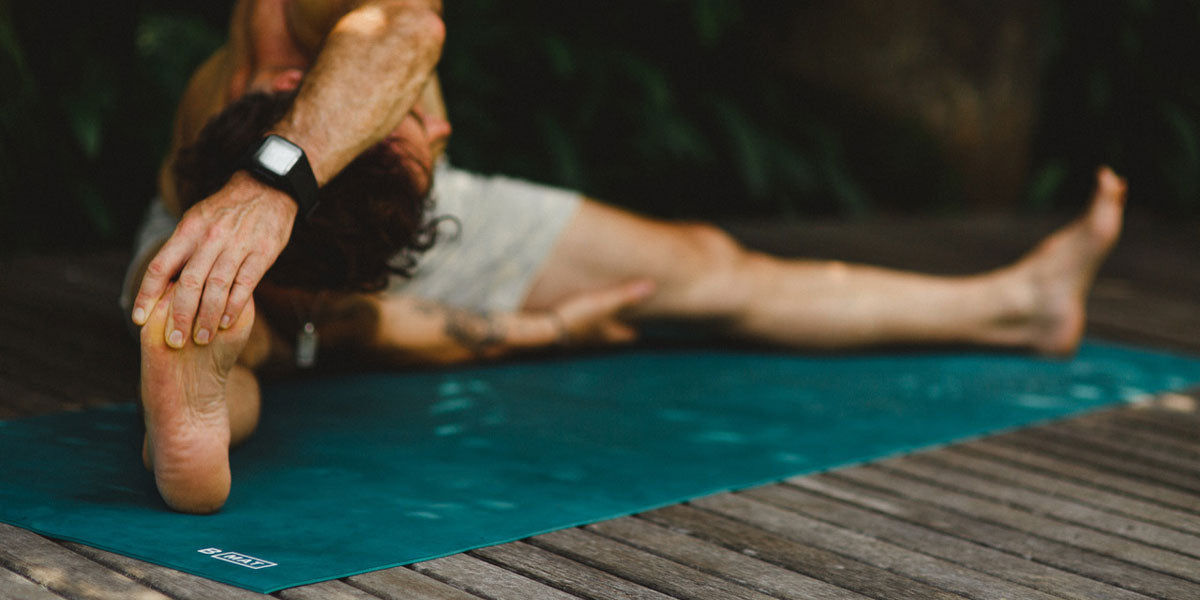A car is my favourite metaphor for describing the relationship between Ayurveda and yoga, the two Vedic sciences I study and love. Your bodymind is a vehicle, and this vehicle allows you to practice the yoga-asana, meditation, chanting, and ethical living that comprise yoga.
Yoga's history is replete with asana and pranayama techniques that may provide insight into the truth of the universe, but come with significant risk, too! Modern yoga-asana may emphasize accessibility, the value of gentleness, and restorative practices. Still, we know that many techniques and practice styles offer rewards that are not without risk of injury.
Whether you're practicing for liberation or stress-reduction (both great reasons), you need to care for your bodymind vehicle to keep it resilient. That's where Ayurveda comes in.
Āyurveda (आयुर्वेढ) is a compound Sanskrit word comprised of Ayus and Veda, which translates to living wisdom. The world's most ancient wellness/medical system, Āyurveda emphasizes prevention over treatment, but techniques range from dietary advice to surgeries.
The foundation of Āyurveda is that being made of nature, observing nature teaches us how to live in balance and harmony. Nature is built of five elements - space, air, fire, water, and earth - so we are also made from these elements. Elements express themselves in our psychological and physical makeup - some people are more earthy, for example, and have better memories than those with strong space element. Elements are more expressive in different seasons, people, and seasons of life - so balance is a commitment more than a destination.
Elements have particular qualities (guṇa) that describe how they behave. Fire is obviously hot, but in Āyurvedic parlance, it's also spreading, oily, sharp and penetrating. So when you drink too much coffee, skip breakfast, and then do a hot yoga session that leaves you with heartburn? That's fire element imbalance.
An Āyurvedic approach to yoga can begin with observing how elements are related to our imbalances and how our yoga practice can promote harmony. Prop use is a beautiful way to promote psychological and physical balance through practice, so here are some ways you can take an Āyurvedic approach to yoga with props...
Supported Legs Up with a Bolster
When we feel frazzled, anxious, and overwhelmed, space and air elements may be dominant outside in nature or inside us. Space and air are both cold, light, dry and mobile, so this integrative posture promotes a sense of grounding. Use a large rectangular bolster, wear socks during cool weather or if you're a cold person, and use a blanket over your belly/hips. Notice how the bones of your legs root down into your pelvis as you practice a smooth breath. The heaviness and density of the props work at a psychological level, too, helping you feel grounded and nurtured.
Block Vinyasa
When earth and water elements accumulate, they need sharp, strong practices to get moving since their qualities include sticky, heavy, and dense. When we're feeling stuck in a rut or have stagnant energy that needs moving, warming practices like Vinyasa yoga are helpful. Trying new things also helps us get into a new groove. By placing blocks under our hands, we change up the challenge and try something new! Playfulness has a light quality to it, which is balancing for earth and water elements.
Babbling Brook
Backbending can help clear accumulated earth and water elements in our lungs and chest, which may make us feel congested. However, many backbends can also create too much space, making us feel untethered rather than balanced. If you need a backbend to clear space through your chest in a more balanced way, babbling brook restorative posture can do just that. With a folded blanket under your head for neck support, use a horizontal bolster or rolled-up blanket under your ribs for the backbend that promotes lightness. Also use a bolster under your knees to promote low back support, which promotes stability. You want to feel held by your props - if your neck is tensing to "hold" you in place, you need more support under your head, a lower backbend prop, or to bring your hips up using a blanket under your bum.
Eye Pillows in Savasana
Each element has different areas in the body where it tends to accumulate more than others. When this happens, we feel it in our bodymind. For example, fire element accumulates in the eyes. We know this from too much screen time (dry eyes, sharp feelings in our eye muscles, headaches, etc.). We also see this during fiery yoga practices, where students' eye ferocity increases during postures like Warrior II!
You can cool fire element in the eyes by making your gaze (drishti) more gentle during standing sequences, but an eye pillow over your eyes in Savasana can be practiced at any time. Whether it's the end of your practice or the end of the day, this helps cool and contain fire element.
—Kathryn Anne Flynn
For further reading, pick up Mona Warner's Āyurvedic Yoga: 3 Approaches to Teaching Āyurvedic Yoga and Kathryn Anne Flynn's Teach Kind, Clear Yoga: A Guide for Practitioners and Teachers.
Kathryn Anne Flynn is a teacher of yoga, Ayurveda, meditation, future psychotherapist, and student of all. Known for her articulate and compassionate voice, she draws on her years of experience and practice tools to help educate others on their yoga journey.

